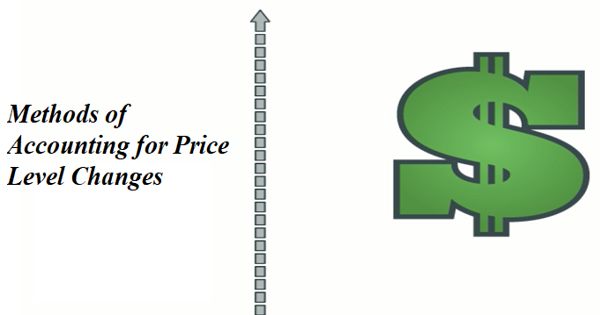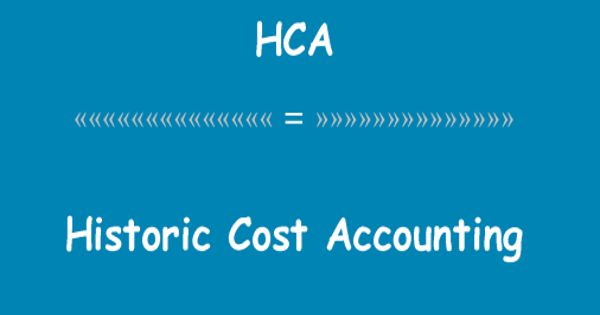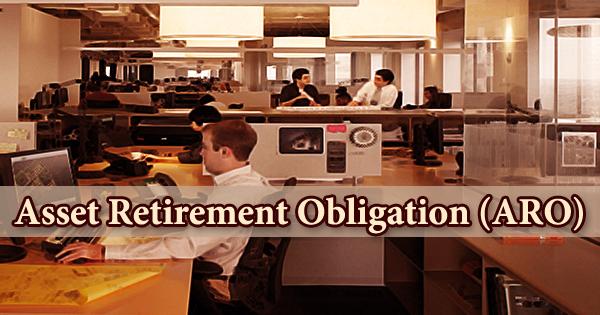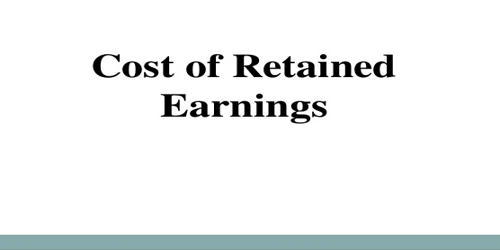Methods of Accounting for Price Level Changes
Accounting for price-level changes also referred to as inflation accounting is a financial reporting procedure that records the consequences of inflation on the financial statements that a company prepares and publishes at the end of the financial year, which is based on the assumption of a stable currency.
There are many methods of adjustments for the effects of changes in prices. The generally accepted methods of accounting for price level changes are as under:
- Current purchasing power method or general purchasing power method (CPP or GPP)
Under this method, any established and approved general price index is used to convert the values of various items in the Balance Sheet and Profit and Loss Account. This method takes into consideration the changes in the value of items as a result of the general price level, but it does not account for changes in the value of individual items.
In this method, the various items of financial statements, i.e. balance sheet and profit and loss account are adjusted with the help of a recognized general price index. The consumer price index or the wholesale price index prepared by the Reserve Bank of India can be taken for conversion of historical costs.
- Current cost accounting method (CCA method)
The current cost accounting method is an alternative to the current purchasing power method. Price changes may be general or specific. Changes in the general level of prices which occur as a result of a change in the value of the monetary unit are measured by index numbers. Specific price changes occur if prices of a particular asset held change without any general price movements.
In the Replacement Cost Accounting technique the index used is those directly relevant to the company’s particular assets and not the general price index. In this sense, the replacement cost accounting technique is considered to be an improvement over the current purchasing power technique.
- A hybrid method i.e mixture of CPP and CCA method.
Three main adjustments to the trading account, calculated on the historical cost basis before interest, are required to arrive at the current cost operating profit. These are called the Depreciation Adjustment, Cost of Sales Adjustment, and Monetary Working Capital Adjustments.
The value of the net assets at the beginning and at the end of the accounting period is ascertained and the difference in the value in the beginning and the end is termed as profit or loss, as the case may be. In this method also, like replacement cost accounting technique, it is very difficult to determine relevant current values and there is an element of subjectivity in this technique.
















